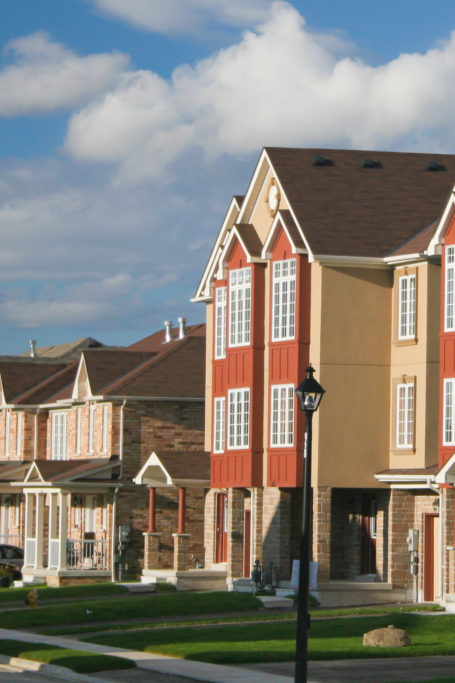Buying a New Home? Evaluate Its Walk Score
When looking for the ideal home, it’s crucial to consider more than just the house itself.
Other factors, such as access to good schools and low crime rates, can play just as big a role in whether a home is right for you. One such important one is the Walk Score. Homes with high Walk Scores hold greater value and offer homeowners more long-term benefits, including health, finances, and the environment. The information that follows can help you understand the significance of a walkability score and how it can impact your and your family’s lives for the better.

What is a Walk Score?
Walk Score assesses how conveniently residents are able to reach their destinations on foot. It is the foremost standard for measuring walkability with comprehensive coverage across all addresses in the United States. The score is determined by an algorithm that calculates the distance between your home and the nearby amenities, along with the length of time it takes you to walk to them. Although not foolproof, it remains the only consistent and easy-to-understand metric.
Walk Scores can range from zero to one hundred, with zero being low and 100 being high. For instance, a score of ninety or higher indicates a “Walker’s Paradise,” while a score of seventy to ninety signifies that most errands can be accomplished on foot. In contrast, if the score falls within the range of zero to twenty-four, a car is required to complete most errands (meaning they’re generally over a mile in distance). The following are factored into the score.
Pedestrian friendliness
Shorter blocks and more intersections usually indicate a higher density of pedestrians. They can also mean lower speed limits and a greater number of sidewalks and walking routes to get to nearby amenities.
Amenities
A large part of the scoring metric is based on accessibility to amenities such as cultural and entertainment centers, restaurants and bars, banks, pharmacies, dry cleaners, supermarkets, parks and recreation, schools, and shopping centers. However, among these amenities, certain types carry more weight than others when determining scores—grocery stores, dining establishments, shopping options, and essential errands have the most significant impact.

What are the advantages of a high Walk Score?
- With the ability to walk to most places you want to go, you can save money on parking and gas, which can also help reduce your carbon footprint.
- Walking is a great way to exercise; living in a walkable area makes it easier to get in your daily steps and foster a healthy lifestyle.
- Living in an area with a high walk score is conducive to meeting your neighbors and building stronger relationships with the people in your community.
- Cities with high Walk Scores are experiencing economic growth, increased sustainability, and greater resident satisfaction.
- A one-point increase in a Walk Score can increase the price of a home by an average of $3,250, or 0.9 percent.

Other scores to consider
Although a high walk score may be a key deciding factor when purchasing a home, the area’s transit and bike scores can also impact your lifestyle.
Bike Score
The Bike Score metric measures how biker friendly a specific area is. This includes the bike infrastructure, road connectivity, distance between stops, number of hills, accessibility to destinations, and how many bike commuters there are.
Transit Score
Based on data from public transit agencies, a city’s Transit Score measures how well its public transportation serves its residents.
Many real estate search sites prominently feature these Walk, Transit, and Bike scores to help users evaluate the desirability of a location. Be sure to ask your real estate agent questions about an area’s score and how it could affect your homebuying experience.


















